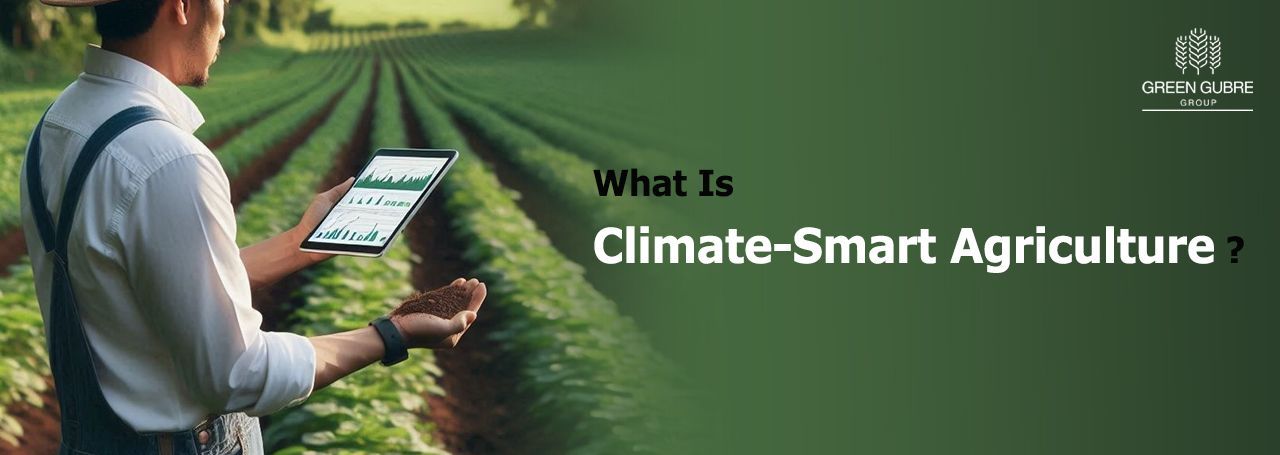How Fertilizer Innovations Are Powering Climate-Smart Agriculture
How Fertilizer Innovations Are Powering Climate-Smart Agriculture

The agricultural sector is undergoing a significant transformation as the world grapples with climate change, food insecurity, and environmental degradation. Climate-smart agriculture (CSA) is emerging as a strategic approach integrating productivity, sustainability, and resilience. At the core of CSA lies the evolution of fertilizers—from traditional chemical inputs to innovative, efficient, and sustainable nutrient solutions. This blog delves into the pivotal role of fertilizer innovations in powering climate-smart agriculture globally, enlightening readers about the latest advancements in the field.
What Is Climate-Smart Agriculture (CSA)?
Climate-smart agriculture is an integrated approach to managing cropland, livestock, forests, and fisheries that increases productivity, enhances resilience to climate change, and reduces greenhouse gas emissions. It aims to achieve three main goals:
- Sustainably increase agricultural productivity and incomes
- Adapt and build resilience to climate change
- Reduce or remove greenhouse gas emissions
Fertilizer innovation plays a crucial role in achieving all three.
Smart Fertilizer Technologies Transforming Agriculture
1.Enhanced Efficiency Fertilizers (EEFs)
EEFs, such as controlled-release fertilizers and nitrification inhibitors, minimize environmental nitrogen loss. These technologies ensure more nutrients are absorbed by crops, reducing leaching and nitrous oxide emissions while improving yields.
2. Bio-Based & Organic Fertilizers
Biofertilizers, derived from organic matter or microbial cultures, are revolutionizing soil health. They enhance soil biodiversity and structure, which is crucial in regenerative agriculture practices promoting soil carbon sequestration and long-term sustainability. This promising development encourages a more optimistic outlook for the future of agriculture.
3. Green Ammonia & Low-Carbon Nitrogen Fertilizers
Green ammonia offers a near-zero carbon alternative by replacing fossil fuels with renewable energy in ammonia production. These fertilizers are crucial for countries and suppliers looking to meet climate targets and reduce carbon footprints.
4. Digital Fertilization Systems
Precision agriculture technologies, including AI-powered nutrient mapping, drone-based spraying, and real-time soil sensors, allow farmers to apply fertilizers more accurately and efficiently, reducing waste and emissions.
The Role of CSA in Developing Regions
Clever fertilizer use is key to addressing food security while combating soil degradation in emerging markets like Africa, India, and Southeast Asia. Government-backed programs promoting sustainable fertilizer use and private-sector innovations are building more resilient food systems across these regions.
Global Collaboration & Policy Support
Policy frameworks such as the EU’s CBAM and international climate agreements are noshing the fertilizer industry toward cleaner practices. Investments from global organizations like FAO and IFDC are enabling the development and distribution of climate-smart fertilizers.
Conclusion
Fertilizer innovation is no longer just about increasing yield—it’s about securing the future of food. As climate change accelerates, embracing climate-smart fertilizers will be essential for farmers, suppliers, and policymakers. The transition is already underway, and with continued innovation and collaboration, agriculture can become a cornerstone of climate resilience.




